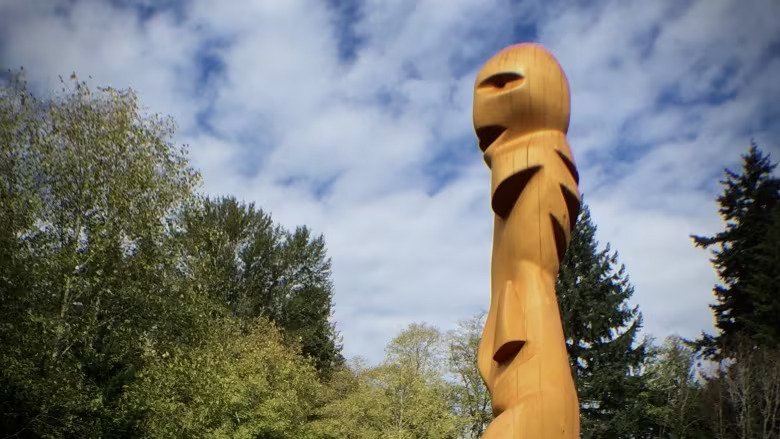
KIJIKATIG Education model
Dr. Robinson invites you to join him and explore how the growth of cedar, mirrors Indigenous resilience, spiritual connection, and community well-being. This wellness experience is ideal for individuals, educators, and organizations seeking meaningful growth, cultural grounding, and pathways toward collective healing.